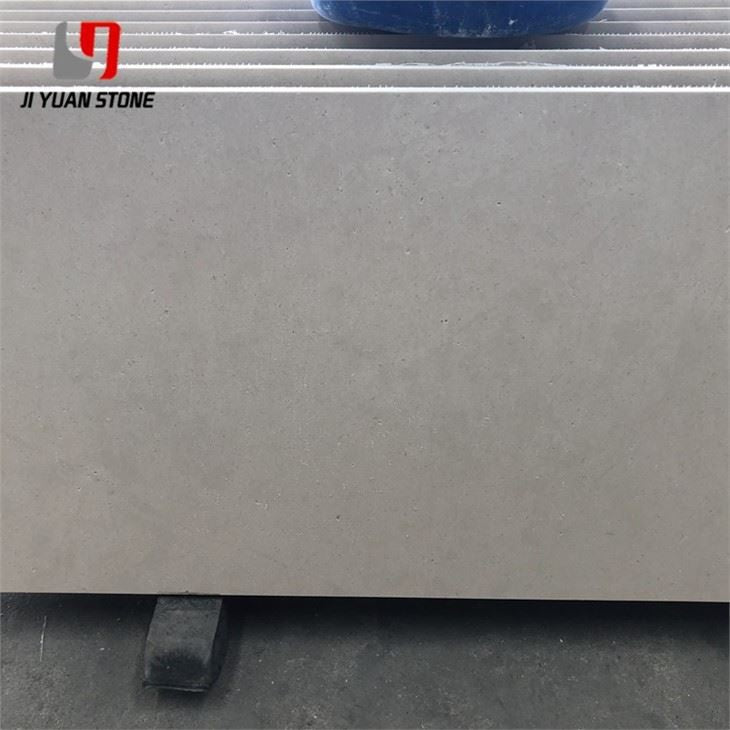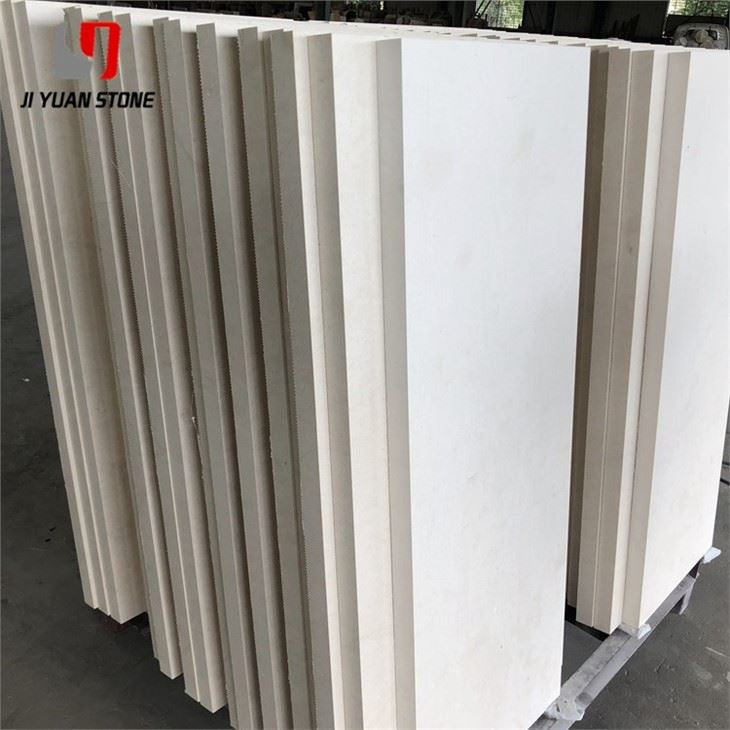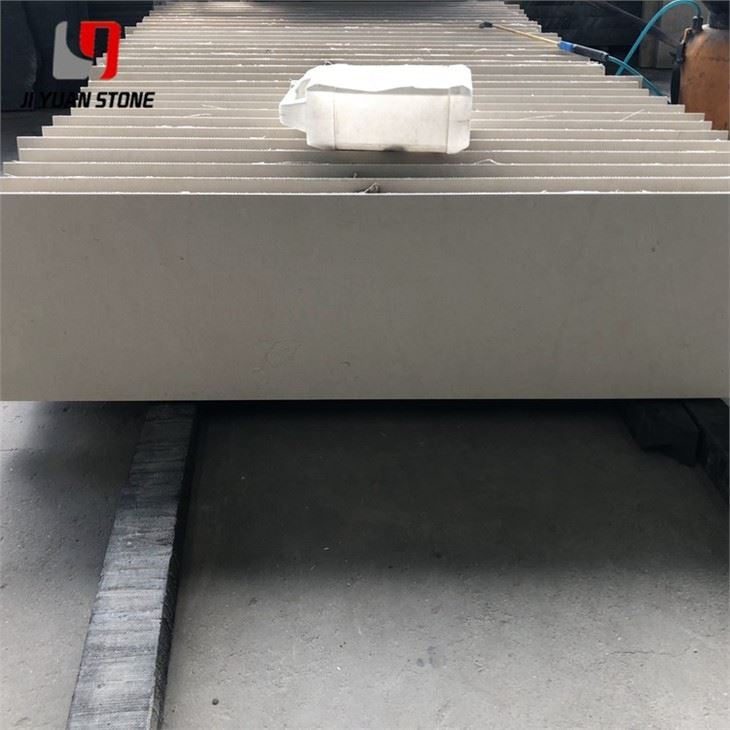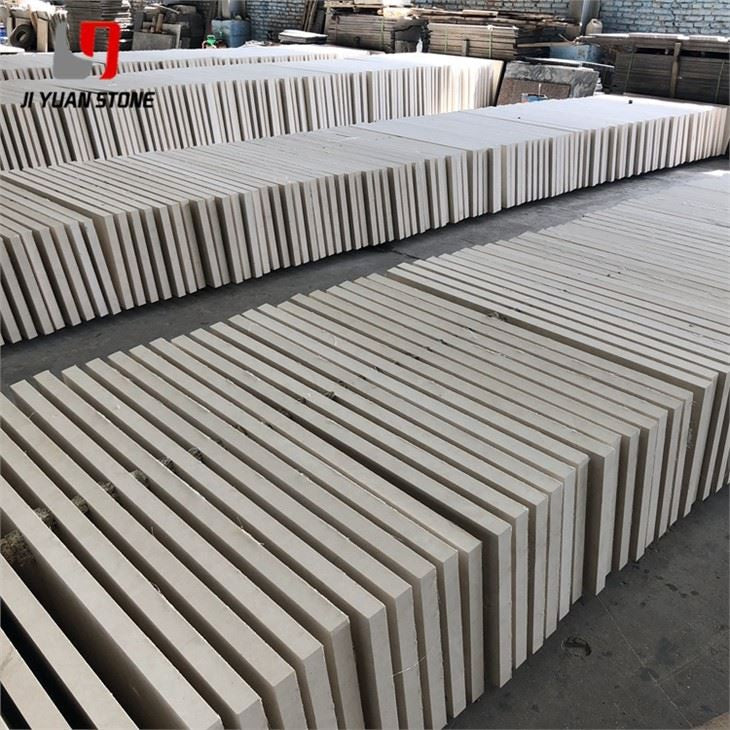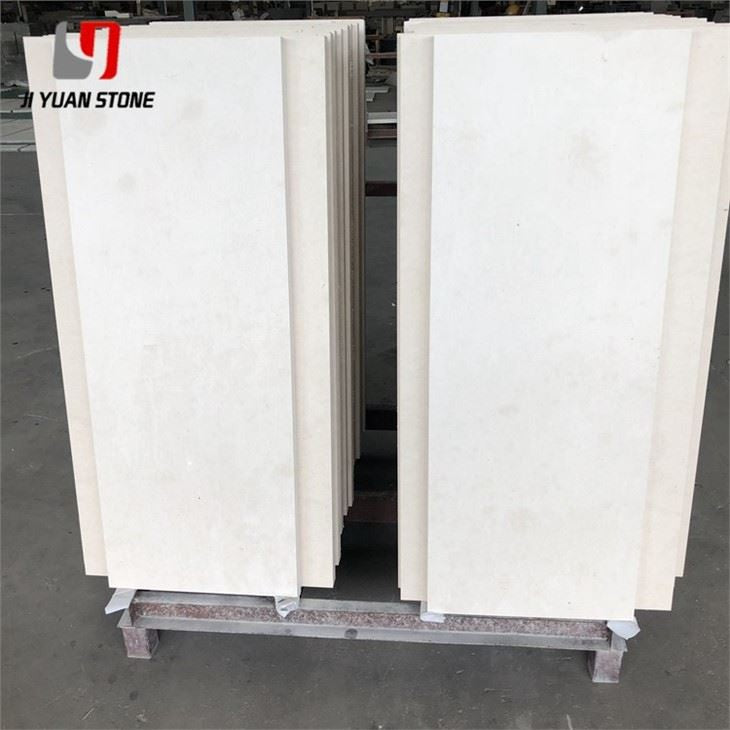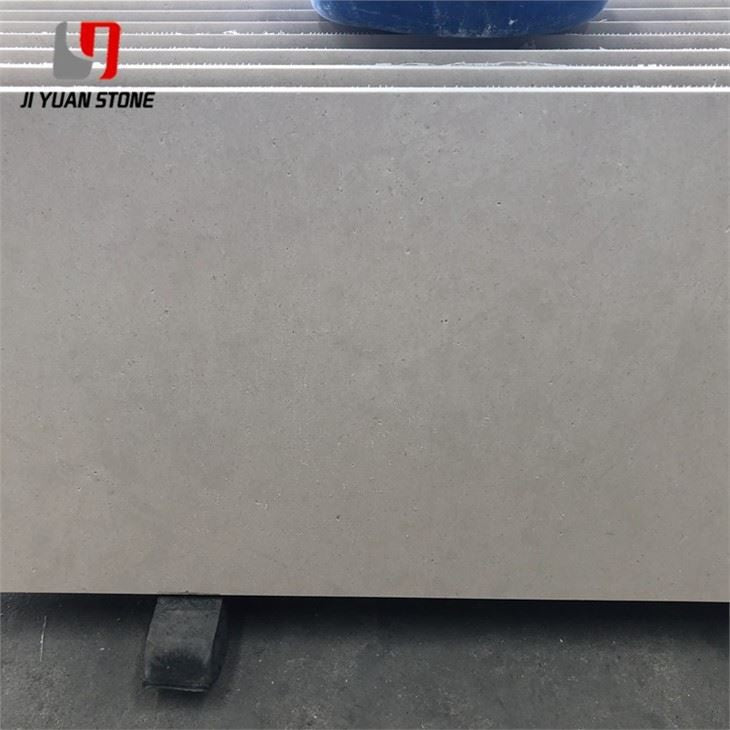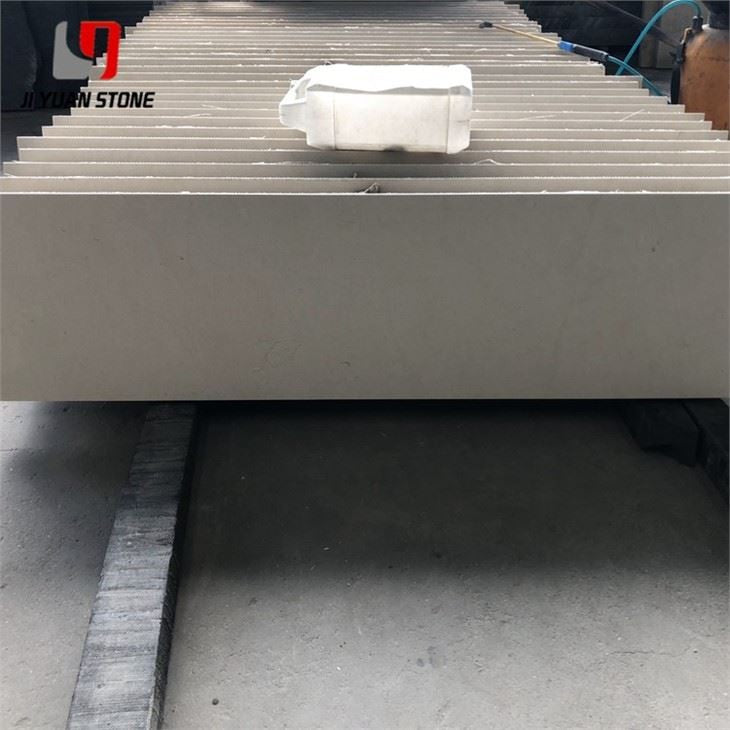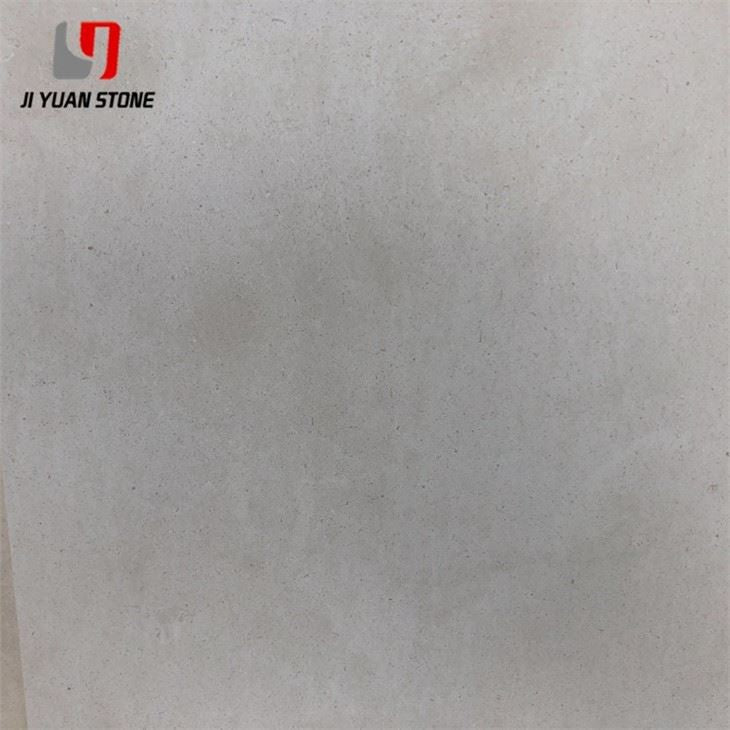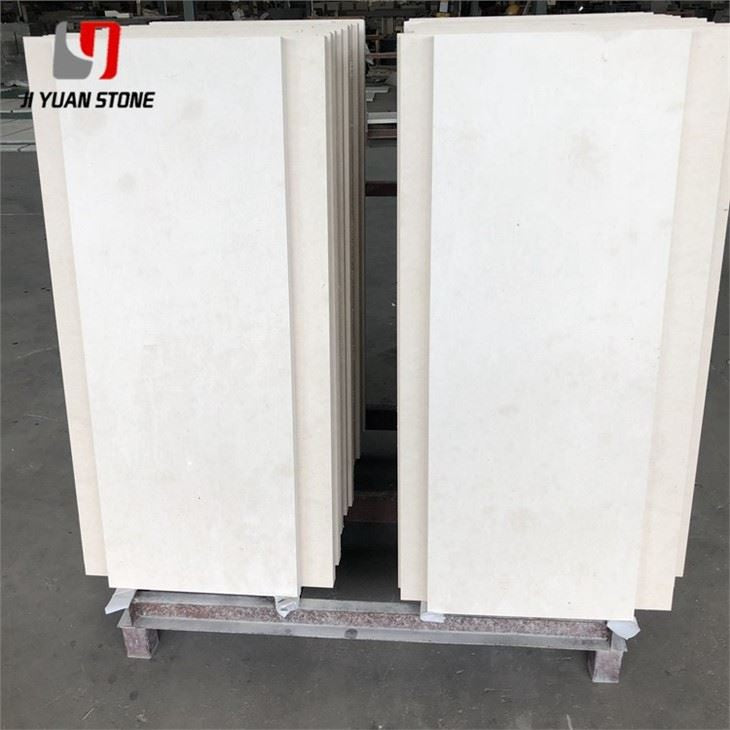Limestone Pool Coping
Limestone Pool Coping
Limestone Pool Coping – Natural Elegance & Performance for Pool Edges
Limestone Pool Coping is a durable and elegant addition for any pool. Made from high-quality limestone, it provides a non-slip surface and is resistant to pool chemicals. Perfect for both residential and commercial pools, it enhances the safety and aesthetic appeal of your pool.
| Feature | Details |
|---|---|
| Matrials | limestone |
| Tiles Sizes available | 600x600mm, 800x800mm,3000x(600-1000)mm,customized |
| Surface | Honed |
| Usage | Exterior wall cladding,flooring |
| Packing | Seaworthy wooden crate, pallet |
| Payment terms | 30% by T/T in advance, balance by T/T before shipment |
Limestone pool coping offers a perfect blend of natural aesthetics and long-term durability for poolside applications. Formed over millions of years from marine fossils, limestone is a sedimentary stone—also known as soft marble—composed primarily of calcium carbonate, created when bones and shells combine with carbon dioxide in seawater.
This natural geological process results in a smooth, chalky texture, often enriched with deep-set fossil markings, bringing visual depth and a calming presence to any space.
🏊 What is Limestone Pool Coping?
Limestone pool coping refers to the stone edging that surrounds pools, providing both aesthetics and functionality. Its soft, tactile surface, slip resistance, and ability to stay cool underfoot make it ideal for poolside safety and comfort.
🧱 Types of Commercial Limestone Used in Pool Coping
Limestone is available in various forms, each suited to specific architectural and landscaping purposes. Commercial types include:
- Standard Limestone
- Crust Limestone
- Dolomite
- Microcrystalline Limestone
- Recrystallized Limestone
- Mash-like Limestone
- Tuffite
Each type varies in texture, color, and composition, offering a range of design possibilities for modern and classic poolside environments.
🔍 Performance-Based Classification
Limestone is categorized by density, which influences its durability, strength, and weather resistance:
- Low-Density Limestone: 1.76–2.16 g/cm³ – Best for decorative, low-impact areas.
- Mid-Density Limestone: 1.76–2.56 g/cm³ – Suitable for pool coping and architectural trims.
- High-Density Limestone: Above 2.56 g/cm³ – Ideal for heavy-duty use in public pools and commercial projects.
🆚 Limestone vs. Marble vs. Dolomite
In the construction and design industry, visual similarities between limestone, marble, and dolomite can cause confusion. While each may appear alike, they differ in:
Composition:
- Limestone: Predominantly calcite (CaCO₃)
- Marble: Recrystallized limestone with larger crystals
- Dolomite: Contains calcium magnesium carbonate
Structure:
- Limestone: Smooth and porous, perfect for coping
- Marble: Crystalline, glossy when polished
- Dolomite: Harder and more abrasion-resistant
Understanding these differences is critical to making informed buying decisions for both residential and commercial pool installations.
✨ Key Benefits of Limestone Pool Coping
- Natural Look: Earth-toned finishes and fossilized patterns create a soft, organic appeal.
- Non-Slip Surface: The matte, porous surface provides grip even when wet.
- Heat Resistance: Stays cooler under direct sun compared to artificial or darker stones.
- Customization: Easily cut or shaped into bullnose, tumbled, or straight-edge profiles.
- Low Maintenance: Simple to clean and highly weather-resistant.
🌿 Eco-Friendly and Sustainable
Limestone is a natural, sustainable material that requires minimal processing and integrates effortlessly into eco-conscious designs. Its long-lasting nature reduces the need for replacements, saving resources and costs over time.
🏡 Applications of Limestone Pool Coping
- Residential swimming pools
- Hotel and resort pools
- Spa and wellness centers
- Decorative water features and fountains
- Garden walkways and hardscape transitions
Conclusion
For a timeless, sophisticated, and safe solution around your pool, limestone pool coping is the ideal choice. Whether you're designing a luxury resort or enhancing your home retreat, limestone’s natural beauty and technical reliability make it a preferred material for architects, designers, and homeowners alike.
Choose Limestone Pool Coping – Where Marine Origins Meet Modern Design.
Share
